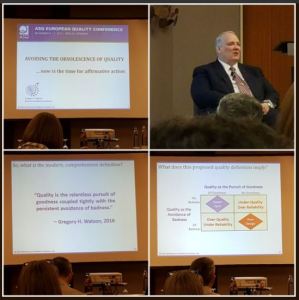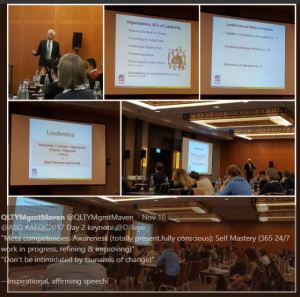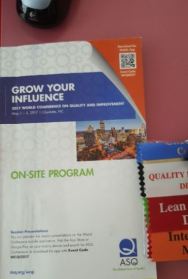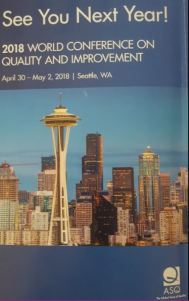The past few months have been spent in serious introspection! Mainly having to do with my professional endeavors. Longtime coming that my world of Quality is evolving into “temporary headcount mentality” – feedback from a former VP of a global organization – work situations. An otherwise distressing situation is turning out into something interesting (latent abilities are coming to the fore). Skills that were tabled due to the impact of the dot.com implosion are bubbling to the surface. QI opportunities that that aren’t going anywhere are leading to creative outlets (art-centric tendencies are being pursued i.e. traditional crochet-knitting, painting, DIY, jewelry making- bead embroidery, sewing, stained glass, even felting LOL). My mind is bursting with visions and ideas! Wallowing in all things creative.
Then there is the re-discovery of my latent IT skills. In the distant past, interactive multimedia applications development was my world (web, kiosks, CD & DVD ROM). Dot.com burst shifted opportunities for doing this to freelance, sometimes no pay, gigs, contract work, etc. The resulting uncertain-unstable environment led to shifting project management ability to the operations-organizational processes arena. What followed are certifications and skills in Six Sigma, Quality Management, Change & Stakeholder Management, Conflict Resolution. I reckon that the winds of change are now upon me and it is time once again to pivot.
My analytical tendencies (which seem to drive leadership bonkers LOL) are open for exploration. I keep wanting to go balls-deep into the “whys” of process snafus, utilize & appreciate the gems from employee & customer surveys, mine the plethora of information collected by organizations for insight which form the basis for solid problem solving and so on. So no longer wasting time belaboring the lack of traction in the Quality arena. Instead I will embrace the petrifying challenge & opportunity i.e. learning about Python, R, SQL, data analysis, data science, data engineering and all manner of IT-esque stuff in this arena that are quite foreign at the moment. The raw ability of possessing an analytical-mindset is present, coupled with multimedia development skills and determination to unmask the current mystery of this “Data Science Thingy”, will be a great foundation for what comes next. Business process knowledge plus data science know-how should be a complementary mix. My journey will be chronicled on a new website/blog: “Data Science Thingy”. Link to my new portal will be added to this blog when it launches.
To be continued…
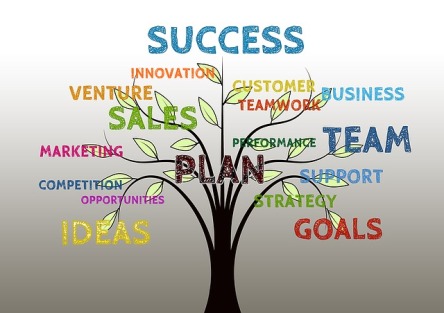

 I have been so excited for the event, ever since it was announced. Not just because my proposal was accepted for presentation, but because the event would provide the opportunity to interact with Europe-based Quality Practitioners.
I have been so excited for the event, ever since it was announced. Not just because my proposal was accepted for presentation, but because the event would provide the opportunity to interact with Europe-based Quality Practitioners.